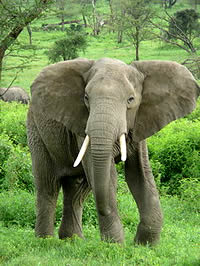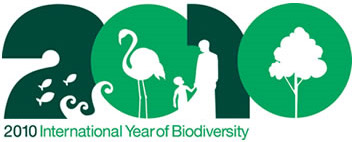 |
photo: Wikipedia |
Elephants
Q: How can elephant culling help to preserve the biodiversity of the Kruger Park?
Culling does not and cannot promote biodiversity. Culling is an outdated concept based on agricultural principles, directed at limiting population numbers. It stimulates population growth and does not curb impact on biodiversity, simply because impact is due to spatial utilization patterns of herbivores which in some protected areas is driven by artificial management measures such as the ecologically insensitive provision of water holes and the fencing of protected areas. Elephant populations, like most other mammal populations, are limited and regulated by food and water availability that reduces survival and breeding, as is the case in the Kruger National Park. Here the cessation of culling in 1995 followed by the closure of two thirds of water points and the opening of the fences between the Park and Mozambique, has now induced the stabilization of elephant numbers with no significant changes in numbers since 2003. Breeding and survival rates among elephants in the park are dropping due to the effect of density (numbers) on these demographic variables.
View this pamphlet for more information:
http://www.ceru.up.ac.za/downloads/elephants_facts_fables.pdf
Prof Rudi van Aarde (Conservation Ecology Research Unit)





